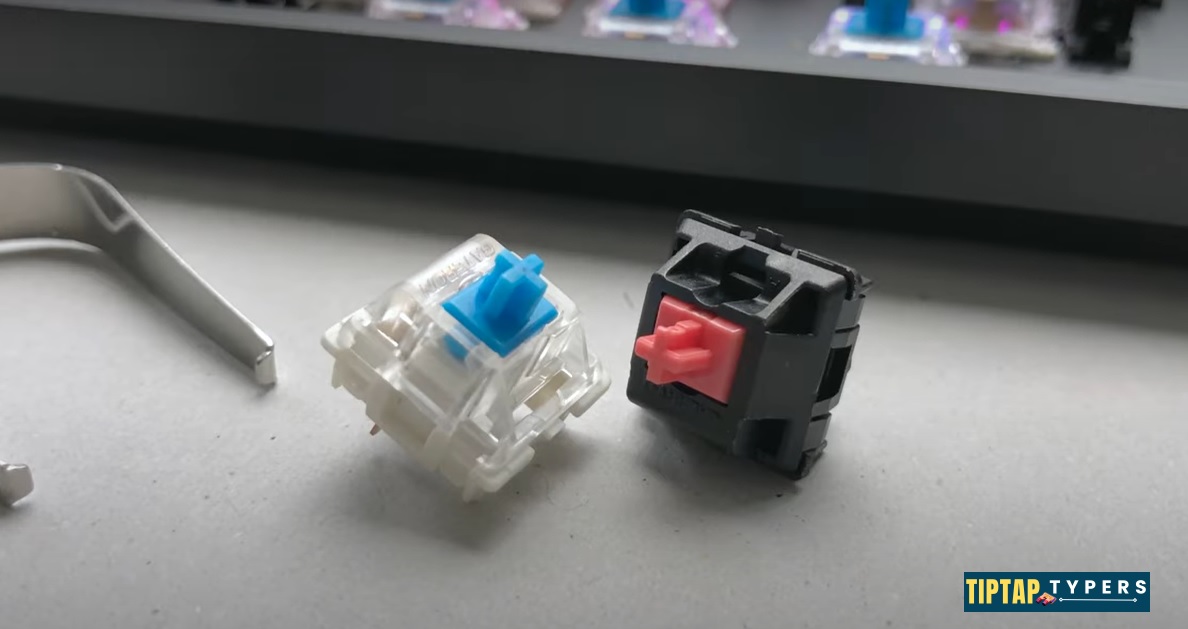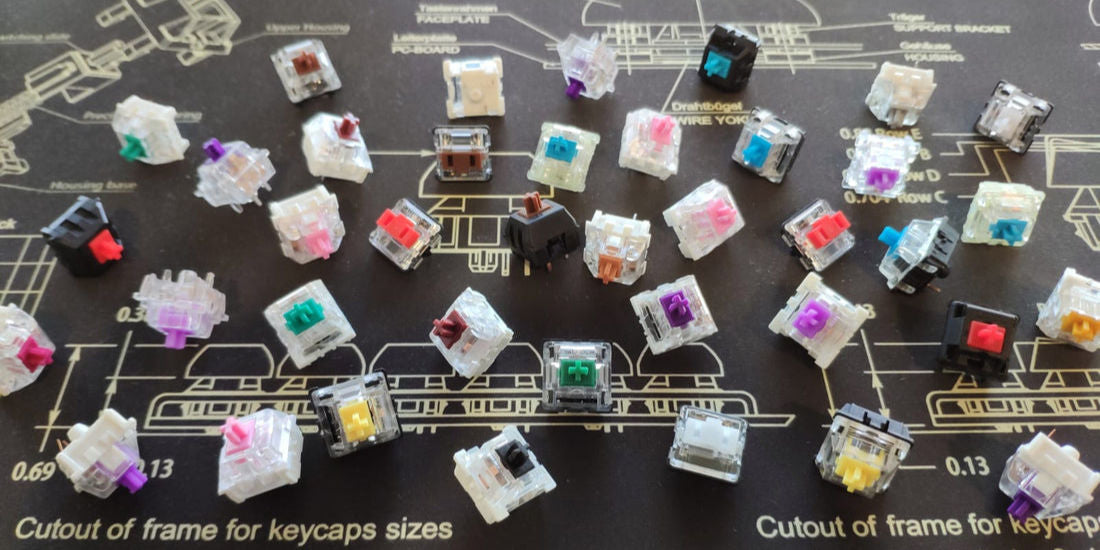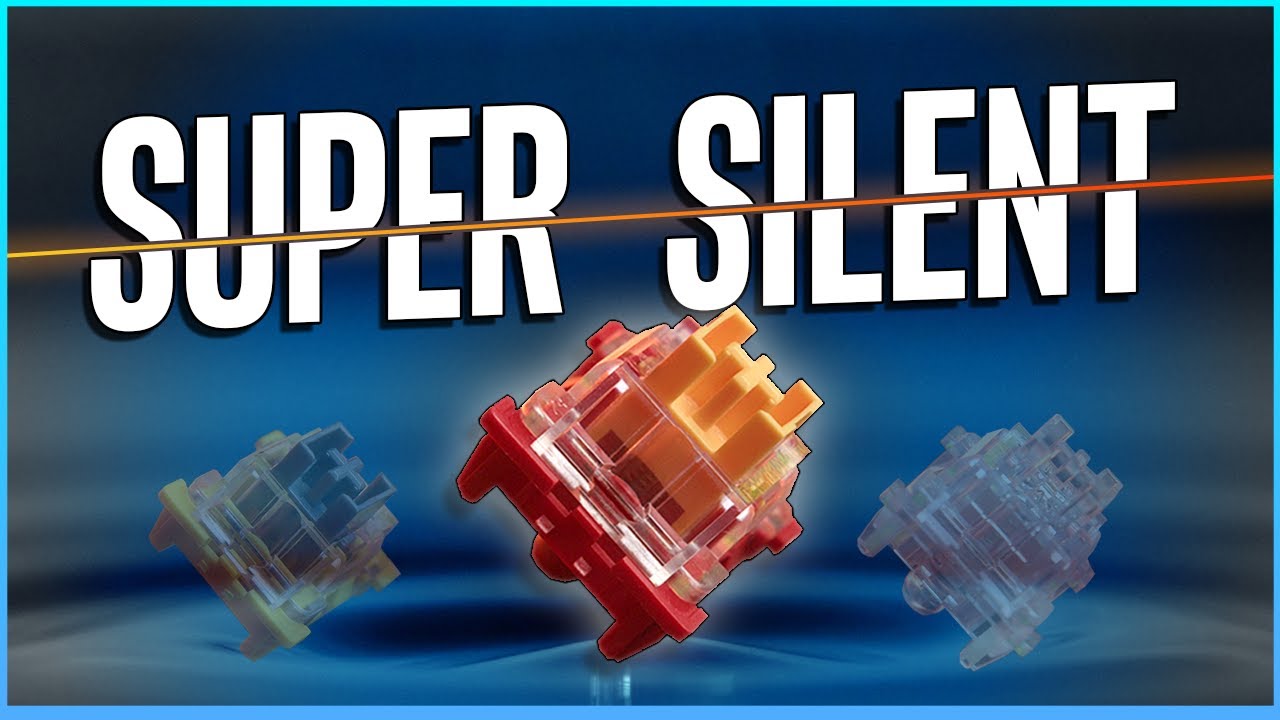Alright, so let me tell you about my journey to find the quietest keyboard switches. It wasn’t exactly a walk in the park, lemme tell ya. My old mechanical keyboard, boy, it sounded like a hailstorm on a tin roof. Great for typing, sure, but my family? Not so thrilled. And late-night gaming sessions? Forget about it.
The Frustration Begins
So, I did what anyone would do. I jumped online, searched for “quiet keyboard switches.” And bam! A million options. “Silent reds,” “silent blacks,” “stealth this,” “ninja that.” I picked a set that had good reviews, some kind of “silent linear” switch. Popped them into my board, all excited. And… well, they were quieter. A bit. But still, there was this distinct “thock” or “clack” that just wasn’t cutting it for me. It was less “machine gun” and more “persistent woodpecker.” Still annoying.

Down the Rabbit Hole: O-Rings and Foam
Next, I heard about o-rings. Little rubber rings you put on the keycap stems. Seemed simple enough. So I got a bag of those. Spent a good hour fitting them onto every single keycap. The result? A bit mushier typing feel, which I didn’t love. And yeah, it dampened the sound a tiny bit more, especially the bottom-out clack. But the upstroke noise was still there. It was like chasing a ghost.
Then someone mentioned foam. Putting foam inside the keyboard case. Okay, I thought, why not? Took my keyboard apart – which is always a bit nerve-wracking, all those tiny screws. I cut up some packing foam I had lying around and stuffed it in. Put it all back together. It did make the keyboard sound a bit more “solid,” less hollow. But the switches themselves? Still making their presence known.
Discovering “True” Silents
I was getting a bit fed up. I started reading more, watching videos. And that’s when I learned that not all “silent” switches are created equal. Many just reduce noise a bit. But then there are switches specifically designed with internal dampening. Little rubber bits inside the switch housing, on the stem sliders, to cushion both the downstroke and the upstroke. Now we were talking!
So, I decided to invest a bit more. I looked for switches known for these internal dampeners.
I ended up trying a few different types, things like:

- Silent Linear Switches: These were my main focus. I got a small batch of a couple of popular ones, ones people really raved about for being quiet. I’m talking about those with actual dampening pads on the stem.
- Silent Tactile Switches: I even tried a few silent tactiles, just to see. They still have that little bump, but the noise reduction tech is similar.
I got a switch tester first, actually. Best decision. It let me feel and hear a bunch of them side-by-side without committing to a full set. That saved me some serious cash and frustration.
The Lube Factor
And then there’s lubing. Oh boy. Everyone in the keyboard community talks about lubing switches. It’s supposed to make them smoother and quieter. I watched a few tutorials. It looked… tedious. Taking apart every single tiny switch, applying a tiny bit of special grease with a tiny brush. I almost gave up there. But I thought, I’ve come this far.
So, I got the supplies – the lube, the brushes, a switch opener. And I spent an entire afternoon meticulously lubing a batch of the silent linear switches I’d picked. My fingers were sore, my eyes were tired. But I did it.
The Moment of Truth
After all that, I installed the lubed, internally dampened silent linear switches into my keyboard (the one with the foam already in it). I put on some decent quality PBT keycaps, as I heard those can also affect sound – thicker ones are generally better than thin ABS ones.
And I typed.
Silence. Well, not total silence. That’s probably impossible with a mechanical keyboard unless you type on a cloud. But it was a night-and-day difference. Just a soft, muted “thump-thump” as I typed. No high-pitched clacks, no annoying clicks, no loud bottom-outs. It was… peaceful.

The combination of:
- Properly designed silent switches (with internal dampeners)
- Lubing those switches (yes, it actually made a noticeable difference in sound and feel)
- Foam in the case
- Decent keycaps
That was the magic formula for me. The o-rings? I ditched them. Didn’t like the feel, and the other stuff made them redundant for sound.
So yeah, it was a process. Lots of trial and error. A bit of spending I didn’t initially plan for. But now? I can type away at 2 AM, and nobody in the house even stirs. And honestly, the smoother feel of the lubed switches is a nice bonus. Totally worth the effort in the end. It’s not just about being quiet; it’s about finding what works for you and your environment.